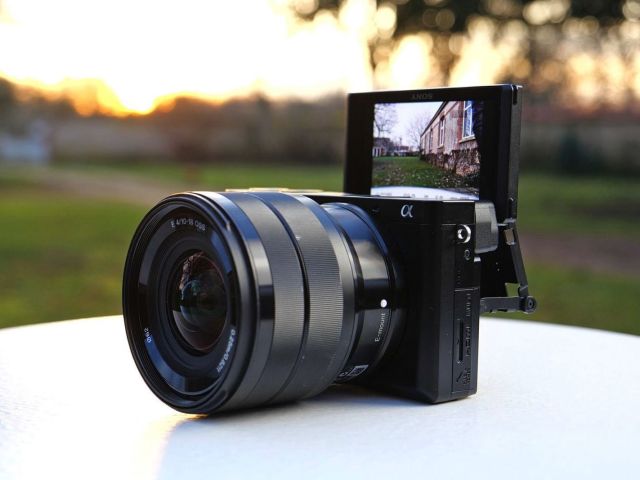Photo Lighting

Capturing the excellent lights patterns for your topics face can as well as will certainly make or damage a picture. But, not to fret, discovering lighting basics is easy.
Undoubtedly you will not want to be fixing all your images in Photoshop. The moment included would eliminate any type of profit capacity. So … If lights is your primary concern as well as you are spending excessive time in Photoshop trying to “deal with” your images, you are going to need to discover some lights control techniques. Below are some ideas …
First, you will require to understand the standard lighting/ darkness patterns, i.e.:
- Broad light
- Narrow light
- Split light
- Renaissance
- Butterfly
- Open loop
- Shut loophole.
A couple hrs in the image section of the library need to do to define what these are. Make notes. Each pattern is the most effective one for certain faces as well as creative effects. You require them all in your bag of techniques.
Now for some testing, leave your camera guaranteed.
Using your kids (or borrow the neighbors’ children) have one of them being in a chair in a darkened space and with a flashlight as your only lights source, learn where, in relation to the head, the light has to be placed to achieve each of those patterns. Make detailed notes and draw little diagrams in a note pad you can carry with you.

Pay attention to angles now.
After that, when you’ve figured where the light needs to be to create each of the patterns, now begin moving the light closer as well as better back. What does that do to the strength and size of the darkness?
Next off, attempt diffusing the light by covering it with a piece of tracing paper. See what that does to the darkness?
Now, have someone hold the first light in position (primary light) and also add a second flashlight to the mix. As an example, make a Renaissance (exact same thing as a closed loophole by the way) pattern and also with the 2nd light (fill light) at video camera setting, what takes place to the darkness? Relocate better as well as additionally away. Relocate to a different setting. What happens?
Move your subject closer to and also additionally from the wall. What takes place to the shadows on the background with 1 light? What about 2 lights?
One afternoon with a couple best photo light boxes 2020 and a participating model must respond to a lot of your questions regarding what to do to fix your lighting/shadow concerns.
Since we understand the amount of lights we require as well as where they have to be to create the lights patterns you are trying to find, currently all we need to do is duplicate that on scene.
If the appearance you desire can be done with 1 light, use the sunlight. Placement your model so the sunlight is in the proper placement for the lighting pattern you desire. You might have to readjust the moment of day you do your shoots. The angles, intensity and also color of the light adjustments considerably.
If the appearance you want calls for 1 diffused light, (remember our tracing paper experiments?) placement a diffusion screen of some type in between your model as well as the sunlight.
You could utilize a white sheet, a piece of clear white silk or you can get a readily created diffusion screen. Or you might go actually high tech as well as utilize the darkness of the local tree to diffuse the light.
If your look requires a main light as well as a fill, utilize the sun (diffused or not, as required) as your main light as well as your video camera’s flash as the fill. You can tape some mapping paper over it for diffusion. Two layers for even more diffusion, and so on. You can also use a commercially made translucent plastic flash diffuser.

